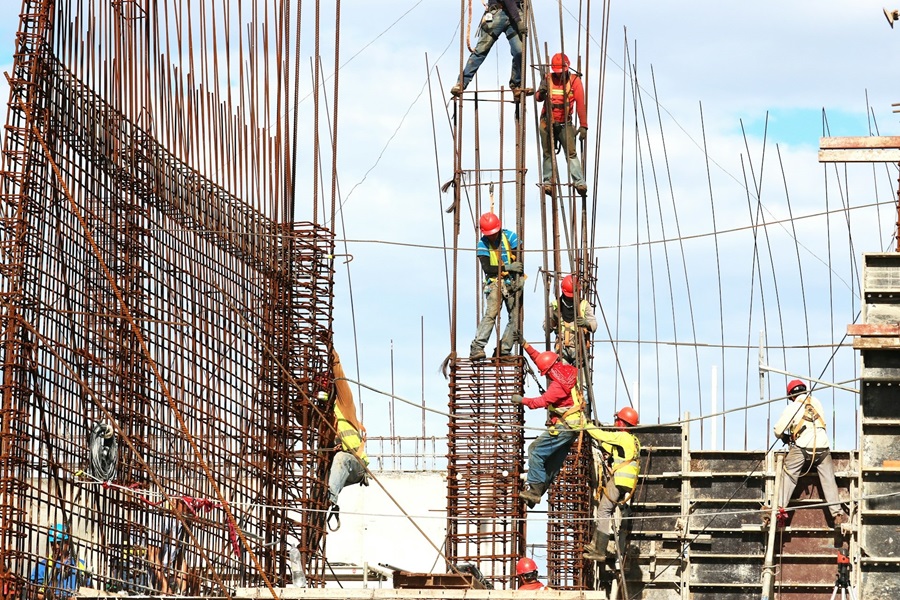5 construction innovations the industry couldn’t live without
Construction innovations are essential. Here are 5 innovations the industry couldn’t live without
THE CONSTRUCTION INDUSTRY is witnessing a rapid development in construction innovations, with vast resources at its disposal for improving construction technology. Here are five innovations that will shape the future of the industry.
Artificial Intelligence (AI) and Machine Learning
An optimised workflow is necessary to efficiently run projects and teams in AEC. However, this workflow tends to be broken and manually operated because of the complexity associated with construction. Using AI has made communication, data sharing, and transparency easier, thus contributing to higher productivity and profits.
Machine learning can also help improve workflows for contractors. One of the rapidly emerging technologies is predictive analytics within the core stack for construction.
One great example is BAM Ireland, which used Autodesk AI’s Construction IQ as its predictive analytics tool on all jobs. That resulted in an improvement of 20% in onsite quality and safety performance and an even more impressive 25% increase in effort related to high-risk issues.
Product Innovation
Product innovation is essential – it answers issues with project delays and hiccups while enhancing processes. One example is innovation with new exceptional designs of precast concrete retaining walls. These walls are produced outside the site in a controlled environment before being transported for installation at the construction site. Such an approach significantly reduces time spent during construction and enhances quality control and waste management issues.
Several advantages are associated with precast retaining walls. These may be reduced labour costs and increased durability and safety on the job site.
Resource and Workforce Management Software
It costs firms heavily in resource and workforce management – most of the time, it doesn’t even work, with over 85% of projects failing to complete on time in the UK. Effective workforce management ensures uninterrupted operations, optimises resource allocation, and eliminates unforeseen expenditures or delays. But, like we say, it isn’t happening, so more organisations are using software platforms that provide better efficiency and actionable insights into their workforces.
Workforce tracking applications include predictive tracking, forecasting, or mobile-first interfaces, removing many manual processes tied to resourcing planning. Bridgit Bench is a workforce planning tool designed for contracting companies that track pursuits, project changes, forecasting labour needs, and more. It helps companies access these metrics and forecast analytics so they can allocate the best labour force at the right time on the correct projects.
XR, AR, VR, and Metaverse
Extended Reality (XR)- which also incorporates Virtual Reality (VR), Augmented Reality (AR) – and Mixed Reality (MR) refers to various interactive technologies that are slowly penetrating industries other than gaming. These experiential interactions are available on various platforms like mobile devices or VR headsets – the new Apple Goggles are one of the most mainstream examples we can give you. What makes XR so appealing is its ability to immerse people in the digital world in real-time without any glitches.
This technology is playing a major role in revolutionising AEC workflows. The evolution of XR technology leads to more influential and efficient work processes. For example, Autodesk Workshop XR is an immersive design review workspace where AEC teams can identify new avenues for issue tracking, error prevention, and a better understanding of space. With this, teams interact with 3D models at a 1:1 scale as they critically examine or troubleshoot them instead of doing the same thing via their computer monitors.
Technology is transforming the construction industry – and something has to. There are a lot of statistics that talk about construction projects going over budget or failing to finish on time. Such advancements will drive the industry forward even in the future, making construction projects efficient, sustainable, and prosperous.

